Don't wanna be here? Send us removal request.
Text
Slack Workflow Builder Examples - How to Create a Visual Workflow
The Slack Workflow Builder is an automated tool that reduces the time spent on mundane, day-to-day tasks. You can automate a variety of workflows and review processes with this Slack application.
For example, you can use the Workflow Builder to send an email to new employees. It also helps you track your workflows.
The Workflow Builder also features a template library, which is useful for creating custom workflows. Some examples include a feedback form or a live video chat. A well-constructed workflow can save your team a lot of time and frustration.
Using the Workflow Builder is also a great way to get new staff up to speed on the latest features and benefits of Slack. Moreover, the workflow can be easily shared and edited. In addition, it can also be sent to Google Sheets and PagerDuty for incident management.

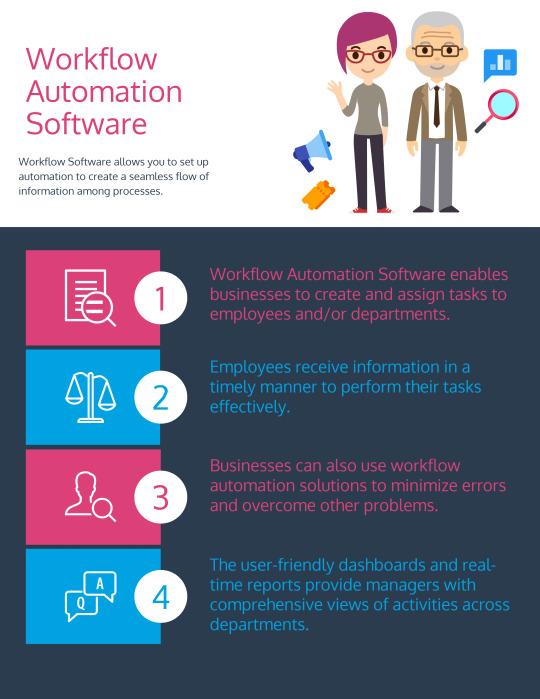
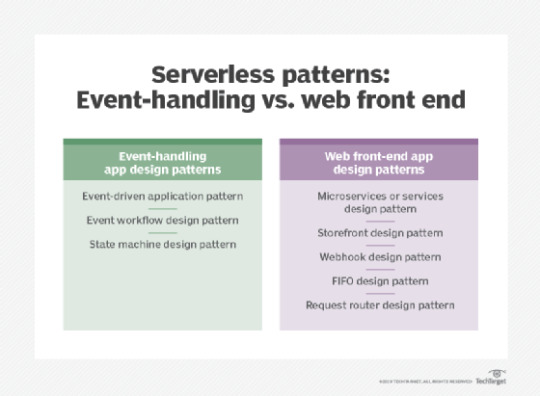
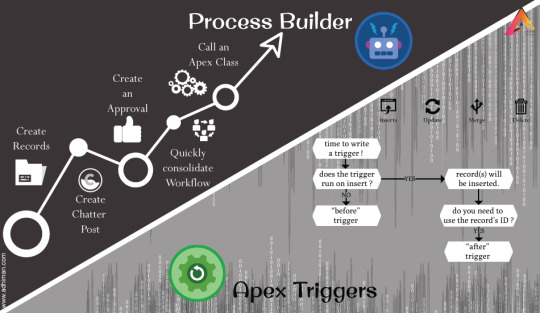



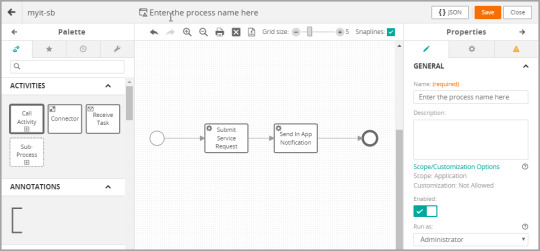
If you are looking to start from scratch, you can create a workflow with the help of a wiki markup. This will enable you to create an event-based workflow with a click of a button.
If you are unsure of what the Workflow Builder can do for you, try out the test channel and you will see how easy it is to get your workflow up and running. There are some things you should keep in mind when using this application, though. Firstly, it is important to know that it is a premium feature. And if you want to take full advantage of all the features, you'll need to upgrade to a paid plan.
youtube
Also Read : well-constructed workflow
0 notes
Text
Workflow Automation Vs Workload Automation
Workflow automation is a process that streamlines processes and automates outcomes. Among other things, it helps consolidate data and documents from other applications. It also ensures that only accredited personnel can access sensitive information. This can improve productivity and efficiency and reduce employee workloads.
Using workflow automation features, organizations can improve collaboration, evaluate processes, and assign accountability. Automating these processes can help to increase productivity and save time and money.
As a result, business owners will shift from traditional software solutions to all-in-one products. These platforms will offer more robust workflow automation features.
For example, Pipedrive offers a workflow automation feature that automatically sends personalized emails to customers when deals are created. Users can also schedule actions or delays for certain conditions or milestones. The tool also allows for syncing with other applications, such as Slack. Moreover, it provides a free trial period.
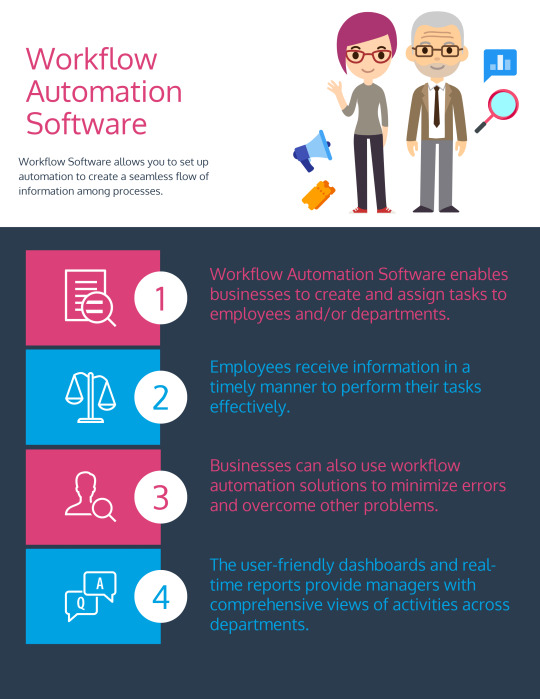
Another example is the Cryotos CMMS tool, which can streamline business process flow and capture video and images. This software can also help simplify approval processes with E-Signature and customer feedback.
Whether you are a startup or a seasoned professional, workflow automation can help you save time and streamline your business. To get the most from your investment, it's important to pick a tool that has the best features for your particular needs.
A workflow is a step-by-step breakdown of your business process. It contains business rules and is based on user roles. When you collaborate with other team members and/or users, the workflow can determine who has the authority to take action on tasks.
youtube
Also Read : Cryotos CMMS tool
SITES WE SUPPORT
Visual Workflow Design - Blogger
SOCIAL LINKS
Facebook Twitter LinkedIn Instagram YouTube
0 notes
Text
What is a Workflow Design Template?
The Workflow Design Pattern is a specialized form of design pattern that is used to solve recurrent problems. It consists of a flowpipe graph and functions that perform sequential and parallel evaluations.
A sequential step process is a logical process that can be triggered by conditions based on process data. The process may also be a cyclic or split step process. Generally, the sequential step process activates steps in sequential order based on rules defined in the process.
One of the most common workflow patterns is the sequential step process. This pattern is not a backward function, but rather is the simplest. Each component of the scheduled work is dependent upon the preceding component.

An example of a sequential step process is a replica exchange simulation. Each of the branches in the simulation is dependent on the other, so a discriminator pattern is needed to wait for all of the branches to finish.
Another example of a simple workflow is a simple XOR merge. XOR is one of the simplest workflow patterns, which allows you to chain multiple functions together into a higher-order function.
An example of a more complex workflow pattern is the multiple merge construct. This construct allows you to activate a task once and then activate it again. However, this is only possible if you can determine the conditions of use.
In this pattern, a sub-process is created, which can be run in parallel with the main process. When the process is completed, the sub-process can be merged back into the main process.
youtube
Also Read : simple XOR merge
SITES WE SUPPORT
Visual Workflow Design - Blogger
SOCIAL LINKS
Facebook Twitter LinkedIn Instagram YouTube
0 notes
Text
Visual Workflow Vs Process Builder
While both Visual Workflow and Process Builder are front-end tools for automating your Salesforce environment, they have different advantages. The key is identifying which solution best fits your needs.
For starters, Visual Workflow is an automated tool that allows you to create and manage logic for multiple business requirements. It works by creating a series of screens that collect information from users. After the user fills out the information, a flow will be triggered, resulting in the submission of records for approval.
Process Builder is a more advanced version of workflow. You can create and modify a process using multiple if-then criteria. This is ideal for complex business processes. However, it does not have the same features as Flow.

Process Builder is a powerful tool for Salesforce admins, especially those who do not have experience with coding. Unlike Workflow, it is easier to manage and use. But it also has a number of limitations.
One major limitation is the lack of control over the order in which actions are performed. If you have multiple if-then criteria, you cannot predict which action will be executed first. Additionally, you can't re-use created actions.
Another limitation is that workflows can only update some fields on parent records. That's compared to Process Builder, which can update any field on related records.
In addition, workflow is a very old school automation tool. It has a large graph that can break and isn't easy to use. As such, it isn't suitable for most organizations.
youtube
Also Read : Salesforce environment
SITES WE SUPPORT
Visual Workflow Design - Blogger
SOCIAL LINKS
Facebook Twitter LinkedIn Instagram YouTube
0 notes
Text
Workflow Automation Market Size
The global workflow automation market is expected to witness an impressive CAGR of 23% through the forecast period. This growth can be attributed to the increasing adoption of cloud technology. Businesses are looking to streamline operations by automating their processes. It also helps in reducing the risk of errors and saving time and money. In addition, it allows workers to focus on more productive tasks.
As the world moves to a digital economy, it is becoming increasingly important to use technology to enhance the operational efficiency of businesses. Automation technology is expected to help businesses gain insights from various data sources. Furthermore, it can help in eliminating redundancy and providing a top-down view of work.
The global workflow automation market is estimated to be US$ 78 billion by 2030. A large number of businesses are adopting this solution to optimize their workflows and minimize risks. Moreover, it also enables them to improve compliance, increase productivity, and provide better client experiences.

The major players in the market include Ipsoft, Inc., Tibco Software Inc., Software AG, Oracle Corporation, and Appian. These companies have adopted different strategies for growth. However, some factors, such as the economic recession, may affect the global workflow automation market.
Asia Pacific is expected to lead the global market with the highest CAGR. This growth can be attributed to the fact that the region is home to several service providers offering end-to-end workflow automation solutions. Also, increased adoption of cloud-based solutions is contributing to the growth of the regional market.
youtube
Also Read : economic recession
SITES WE SUPPORT
Visual Workflow Design - Blogger
SOCIAL LINKS
Facebook Twitter LinkedIn Instagram YouTube
1 note
·
View note